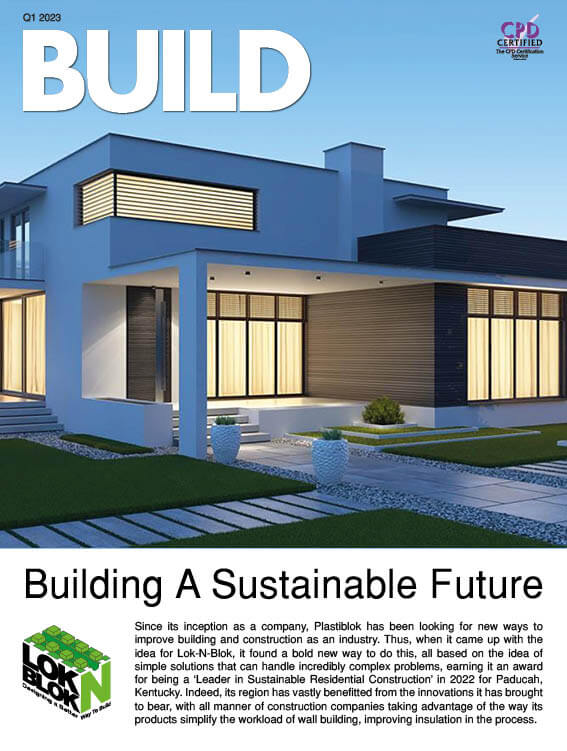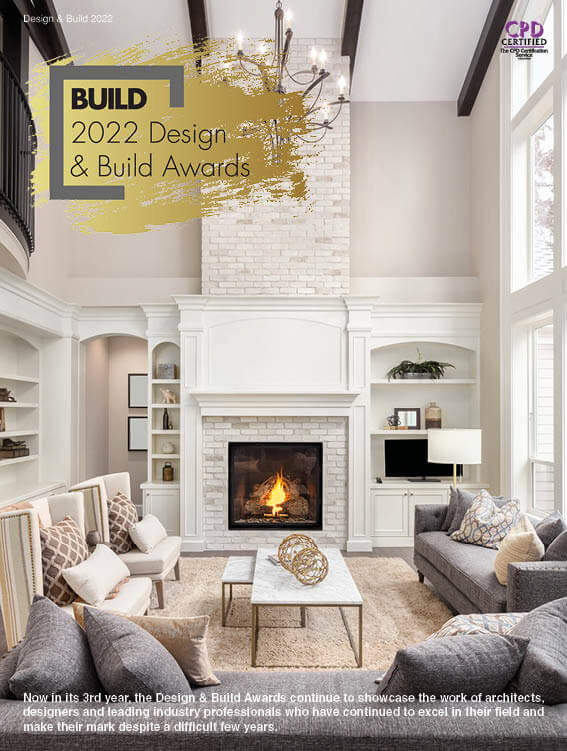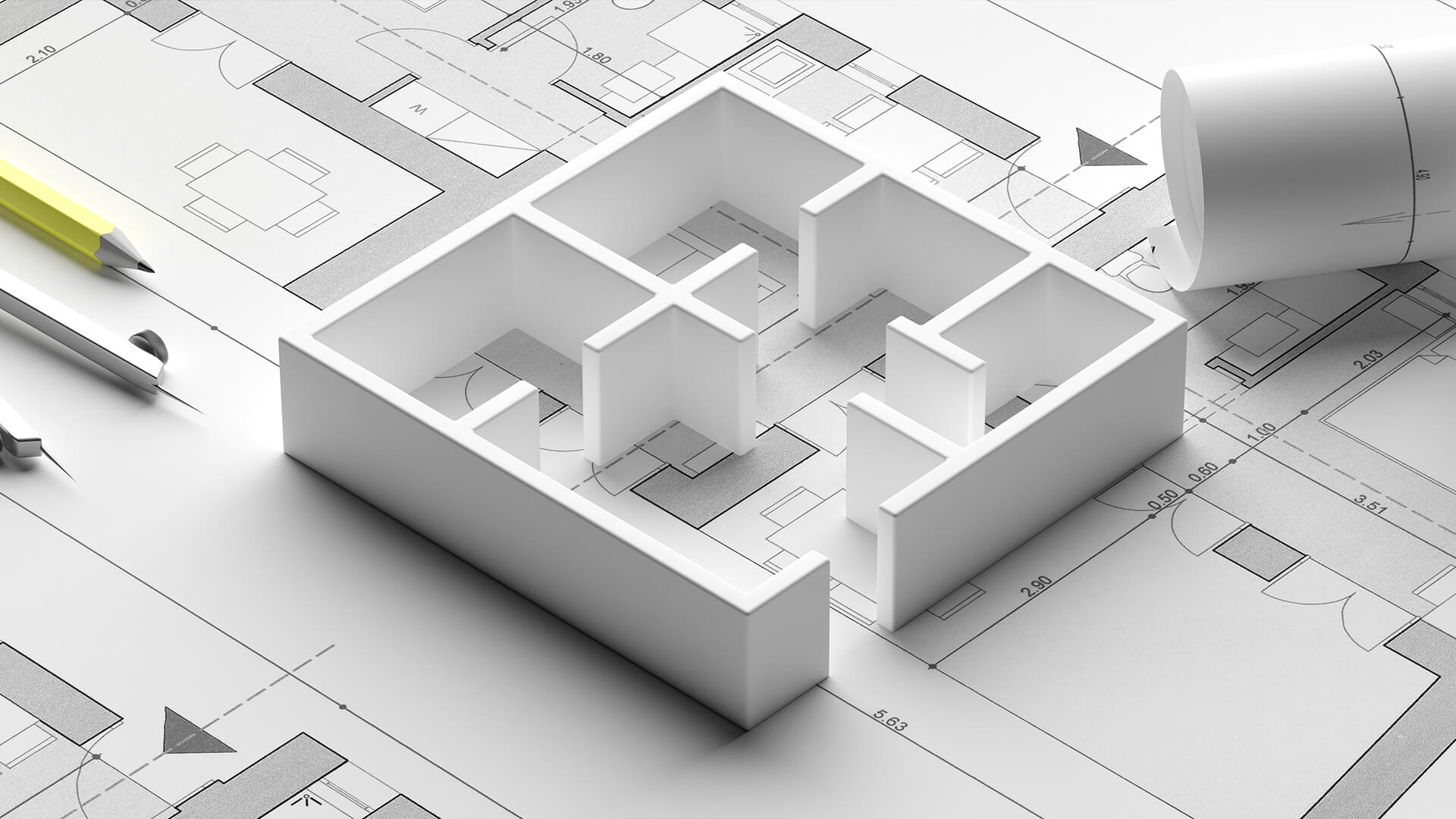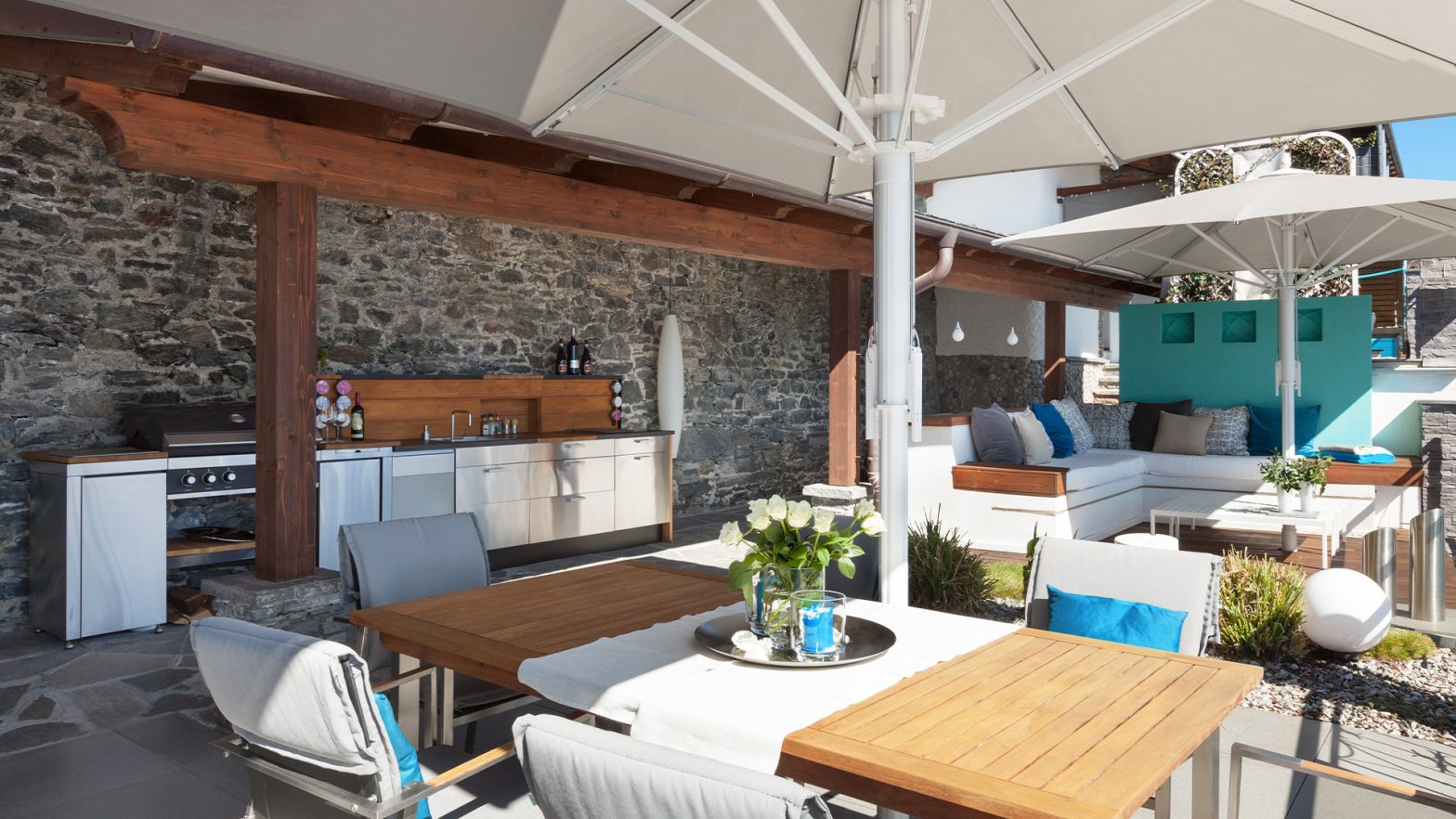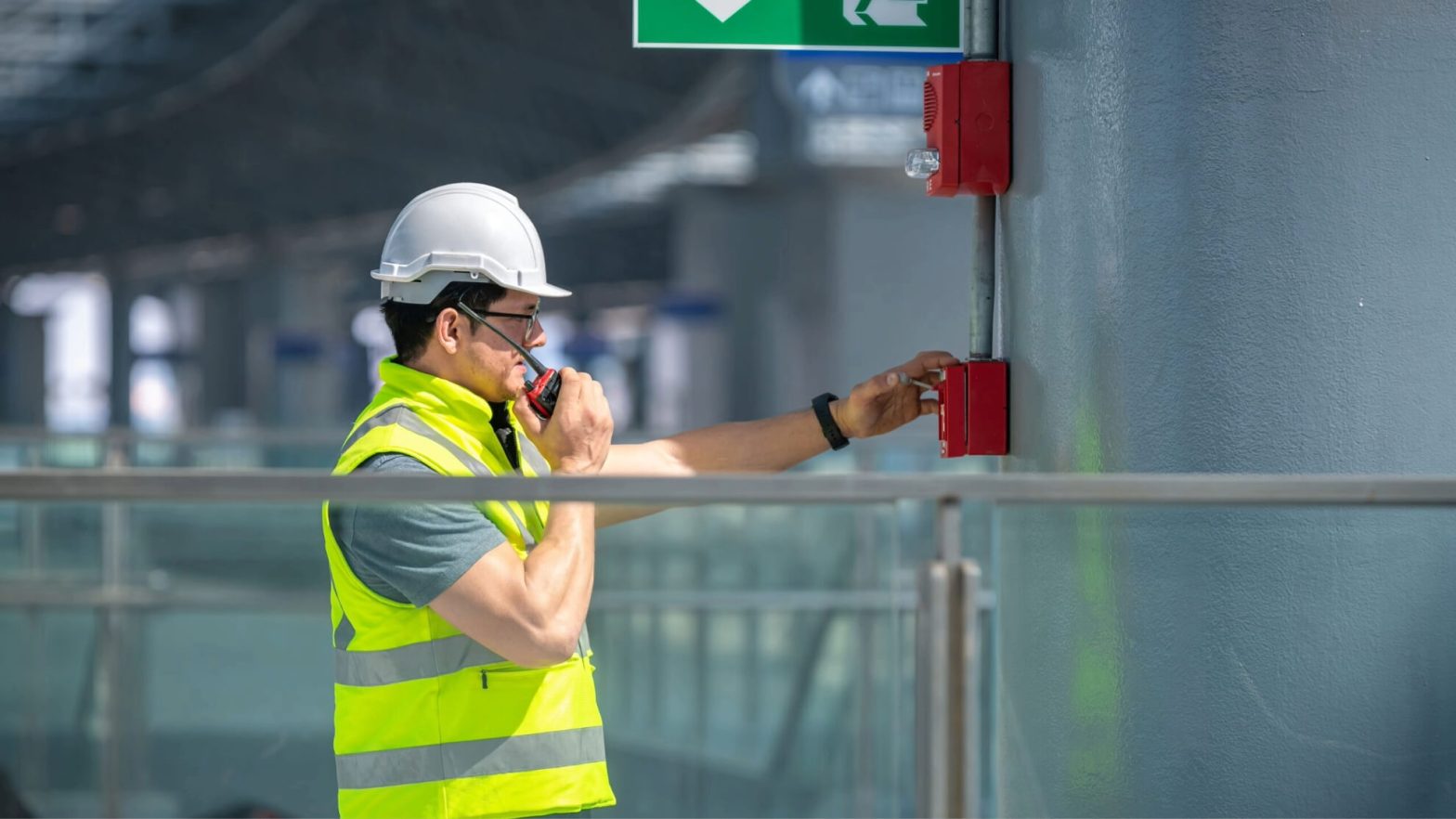As any professional or aspiring architect knows all-too-well, creating a small-scale model of your design is often the most critical aspect of success. Models of buildings are a way for architects to bring their proposals to life and show clients, teachers, and residents a proposed building in a way that sketches on a piece of paper can never achieve.
While those small wooden and plastic model buildings are a ubiquitous and almost cliched component of home design in 2020, there is often a limited understanding of why they are so important for everything we do as architects. With this in mind, here is why making models in architecture matters so much.
1. Models Highlight Features That Sketches Cannot
Perhaps the main reasons why architectural models are so important is because they can highlight the features and utility of a planned structure in a way that a composite sketch or computer-generated image could never do. If you want to demonstrate how the windows of a building will allow light to filter through a space, a model is an ideal way to do so. If you want to be able to highlight all of the proportions of a building, as well as provide a detailed sense of scale, then a physical or digital 3D model is the most reliable means of achieving this. Both physical and digital models allow you to properly situate a project and communicate to stakeholders exactly how it will fit into its environment and serve its primary functions.
2. Models Are a Demo for Potential Clients
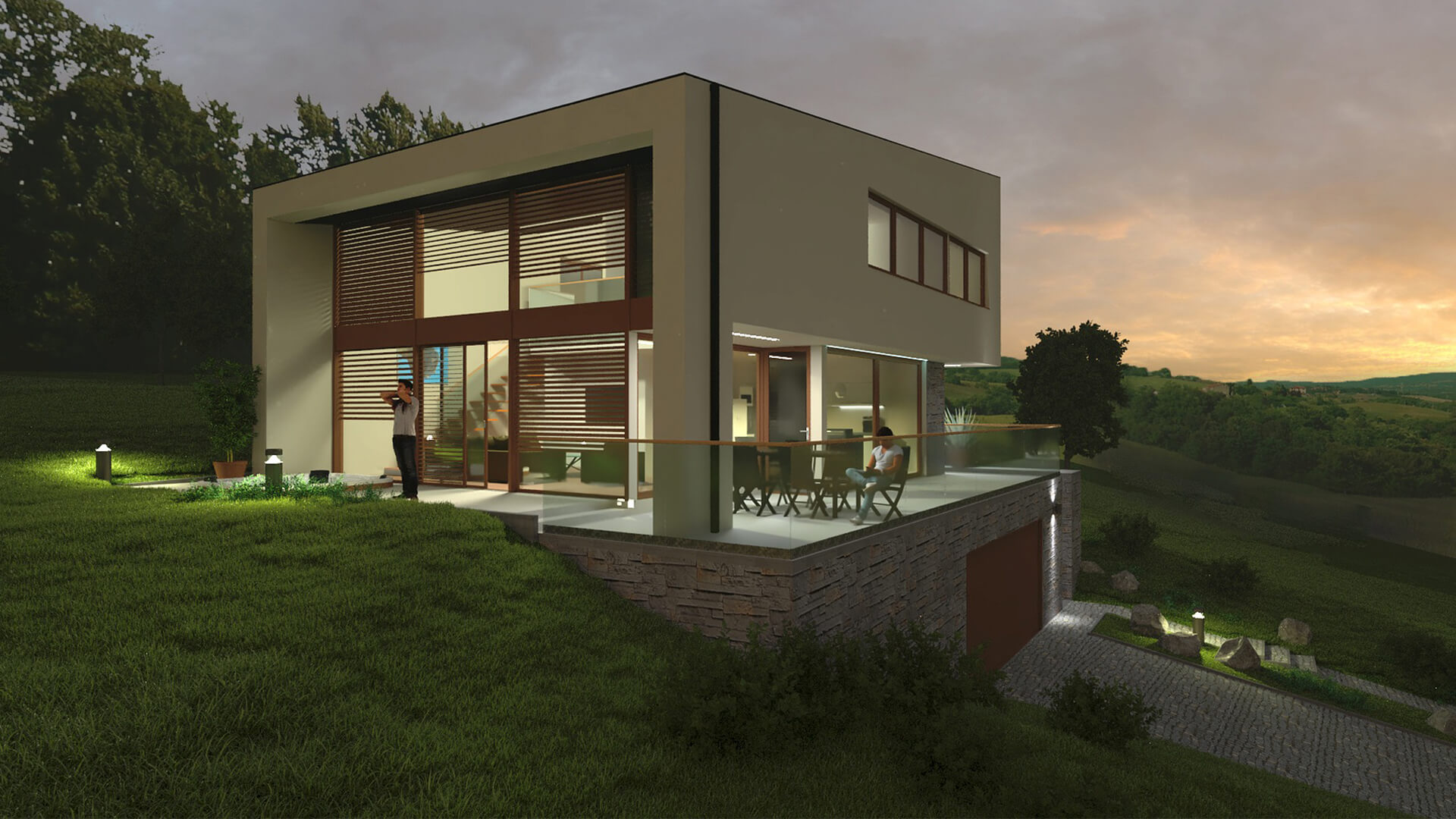
The most efficient way to assess the importance of building models is to consider them as a kind of ‘demo’ for potential clients or customers. For example, consider the music industry, where artists and labels regularly produce stripped-back, shorter demo tracks for record companies to listen to in order to persuade them to give the green light to a track for general release. Similarly, a video game developer might release a demo or ‘beta’ version of a game to assess the general public’s appetite for a specific type of content, as well as to collate feedback.
Another illustrative example can be found within the finance industry. In order to show prospective day traders the benefits of a certain foreign exchange (forex) platform, a company often allows users to set up a forex demo account, where they can trade dummy currency on global currency markets to get a detailed feel for the product. All of these purposes illustrate exactly what model buildings achieve within the architecture industry.
3. Models Are an Essential Part of the Creative Process
It is also key to remember that models are just as much for the architect and the firm as they are for external stakeholders and clients. As explained in the Architect’s Journal, models are actually a vital part of the creative process. When a designer is putting together a model, it gives them a chance to see their vision in miniature and give them space to consider what could be improved in real-time. A model may allow an architect to discover previously unseen flaws, or inspire them to take their design to newer and bolder limits.
4. Models Are Necessary for Mixed-Use Building Projects
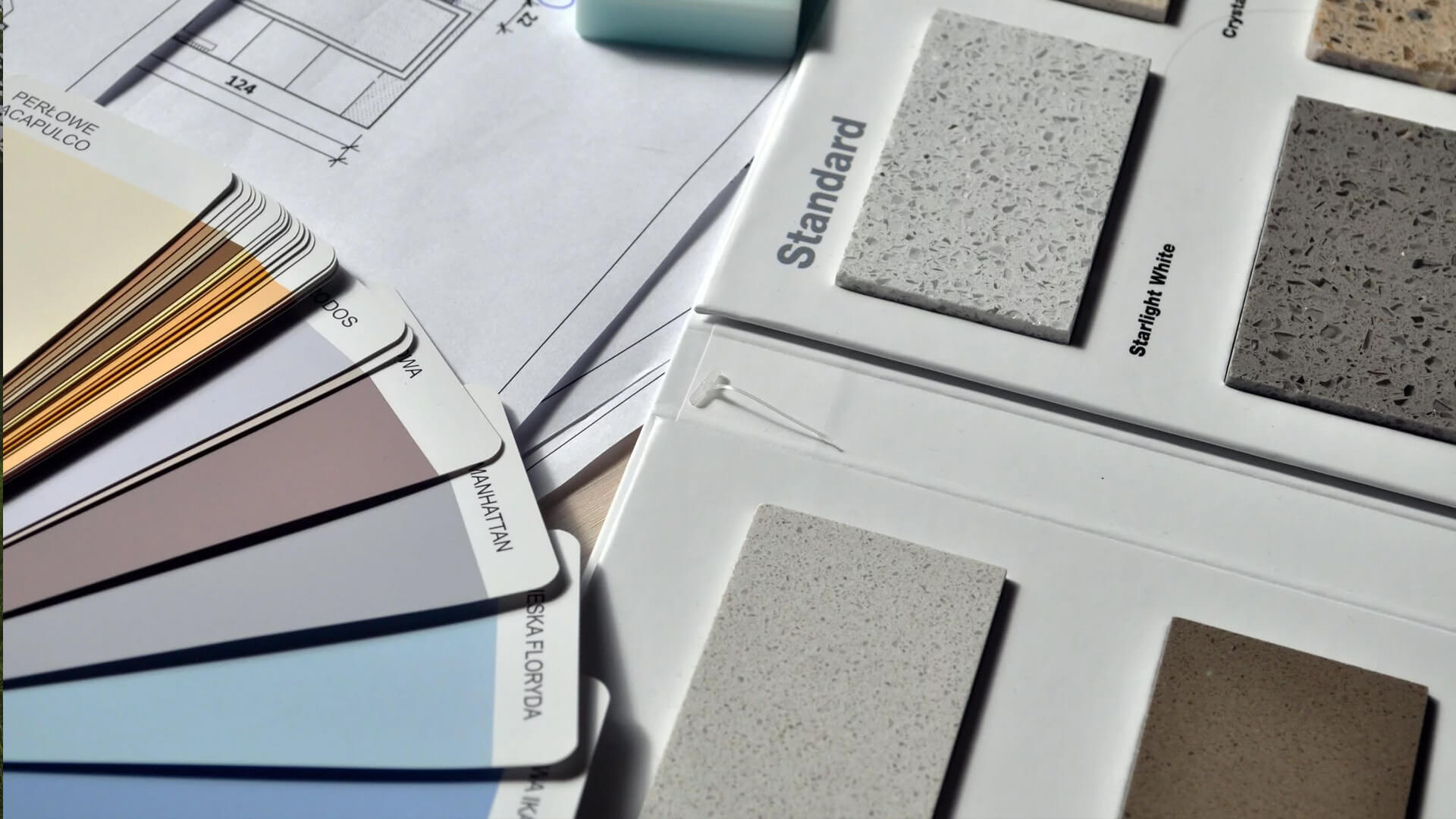
If an architect is building a mixed-use, public building such as an airport, convention center, or hospital, models are essential. While a project for a straightforward residential development does not have many requirements beyond liveability, public developments require many different requirements to be considered.
An architect will need to design a building with accessibility in mind, as well as demonstrating how easy it is to navigate a building and how quickly a person in, say, a hospital, could go from one side of the building to another. It is also necessary to demonstrate how the mixed-use building will incorporate all of its required uses, and how well it will fit into the surrounding environment. A three-dimensional, detailed cutaway model is often the only way an architect can demonstrate this to stakeholders.
5. Models Are Often Needed for Legal Approval Process
Architectural models are not only for aesthetic and demonstrative purposes. They are also a key component of the legal process needed to secure approval for a new building. City planners and permit vendors will invariably request to see models of a planning building.
This is because models give a better idea of whether a planned structure will meet zoning requirements. More importantly, city planners and local authorities are able to better scrutinize a proposal if it is in the form of a physical model. Not preparing a model is a sure-fire way to be denied planning permission.
These are the reasons why physical models are so ubiquitous within architecture. They are as close to the first draft of a building as we can possibly get.





